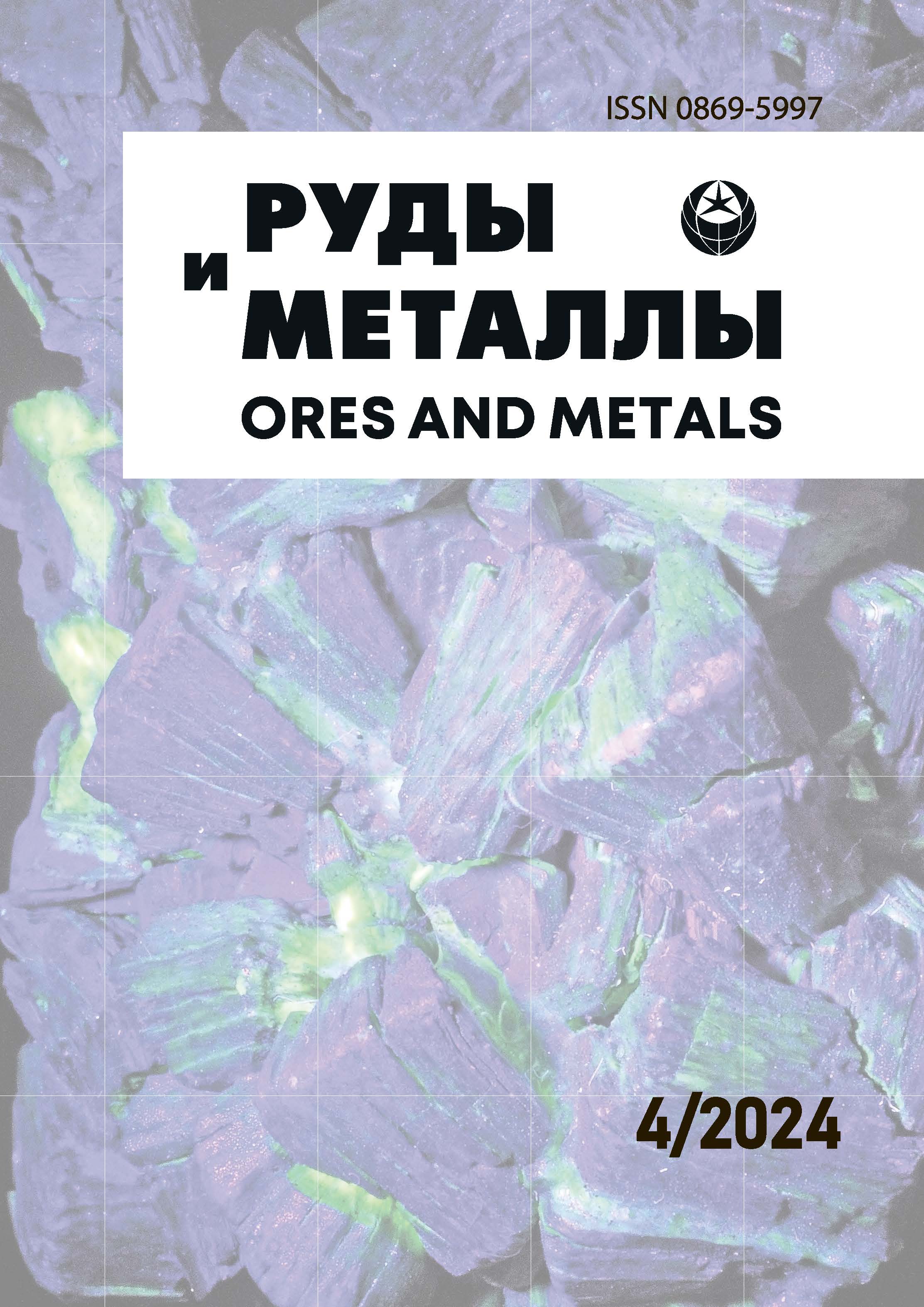Structural peculiarities and metallogeny of the Gonzha Salient according to geological and geophysical research data
DOI: 10.47765/0869-5997-2024-10018
Keywords:
Gonzha Salient, gold, silver, metasomatites, ore deposits, ore occurrences, prospecting, magnetic exploration, electrical exploration, gravity exploration.Abstract
The article reviews and summarizes the data of regional and large-scale geological and geophysical works by JSC Dalgeofizika, Institute of Tectonics and Geophysics, and other organizations within the Gonzha Salient and its framing. Based on results of these studies, specific features of the deep structure
and regularities in distribution of the ore mineralization were determined and geodynamic models of the Gonzha Salient formation were presented. The Gonzha Salient is composed of intrusive-metamorphic rocks of the Gonzha Series represented by various gneisses, amphibolites, and quartzites. The deformed cover of the Lower Cambrian Gonzha Salient comprises Riphean–Lower Cambrian metamorphosed sandstones, siltstones, carbonaceous-cherty and micaceous schists and Silurian-Devonian-Carboniferous terrigenouscarbonate deposits mainly of the Upper Amur Series. The uplifted basement block with the most ancient rocks is framed by Paleozoic and Mesozoic structures. Fields of hydrothermal alterations are localized in nodes that form ring-shaped structures around blocks of the metamorphic basement. It is characteristic that the ore clusters are significantly tend to be confined to known volcanic and volcano-plutonic centers.
Descriptions are presented of the main ore clusters (Inim, Gonzha, Taldan, Pokrovka, Igak) and of a number of ore deposits.


